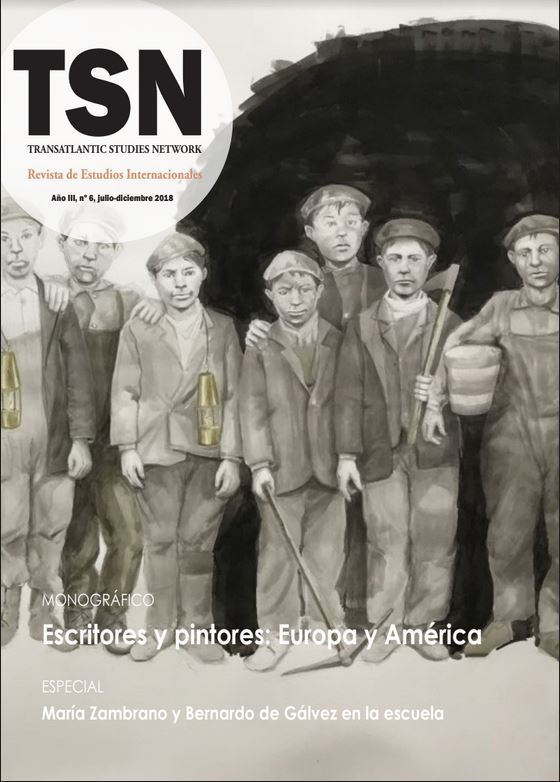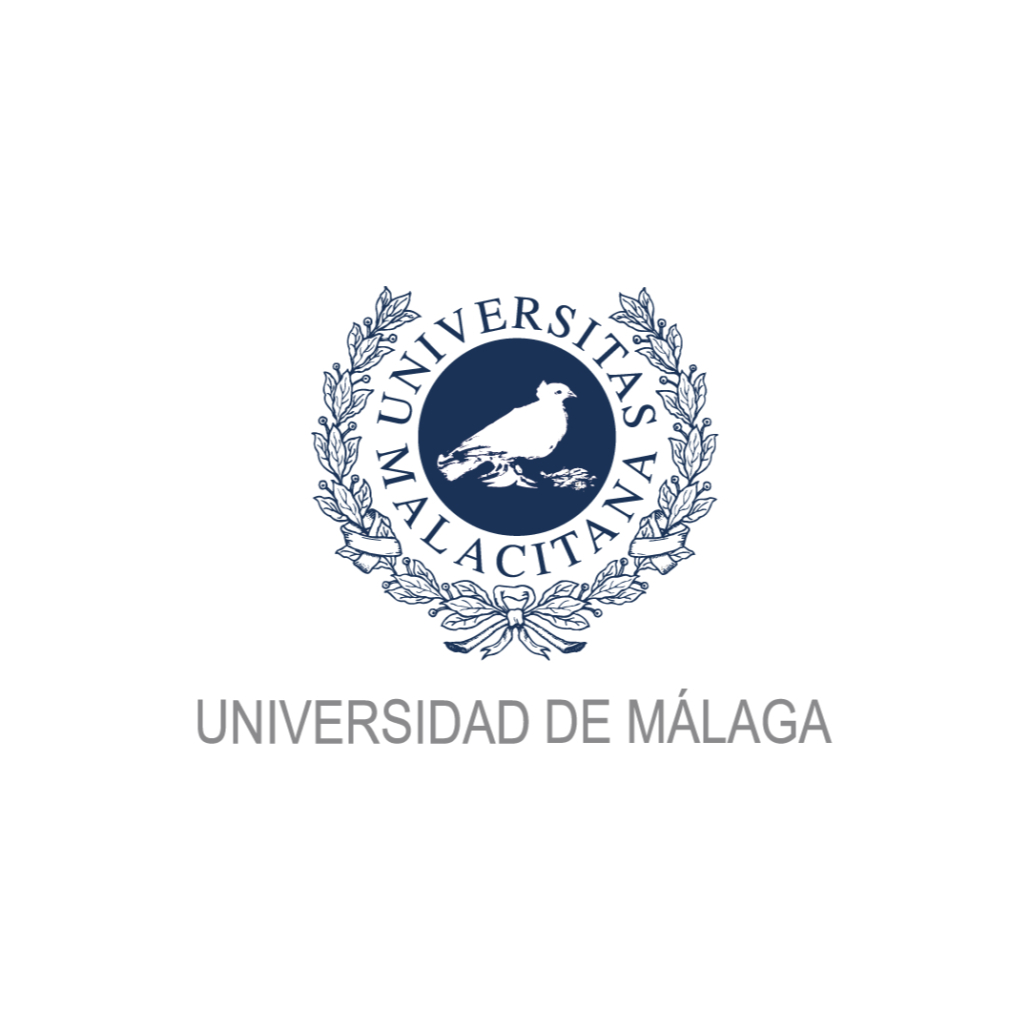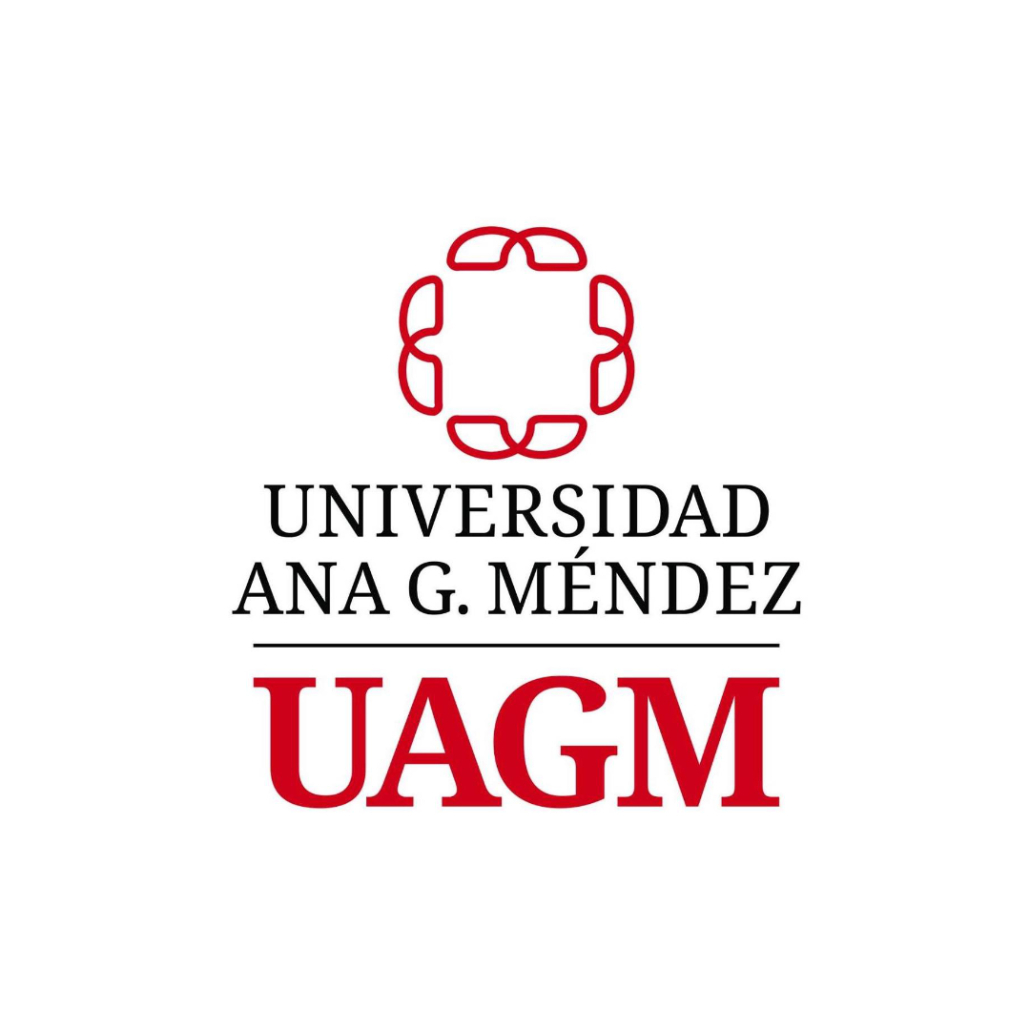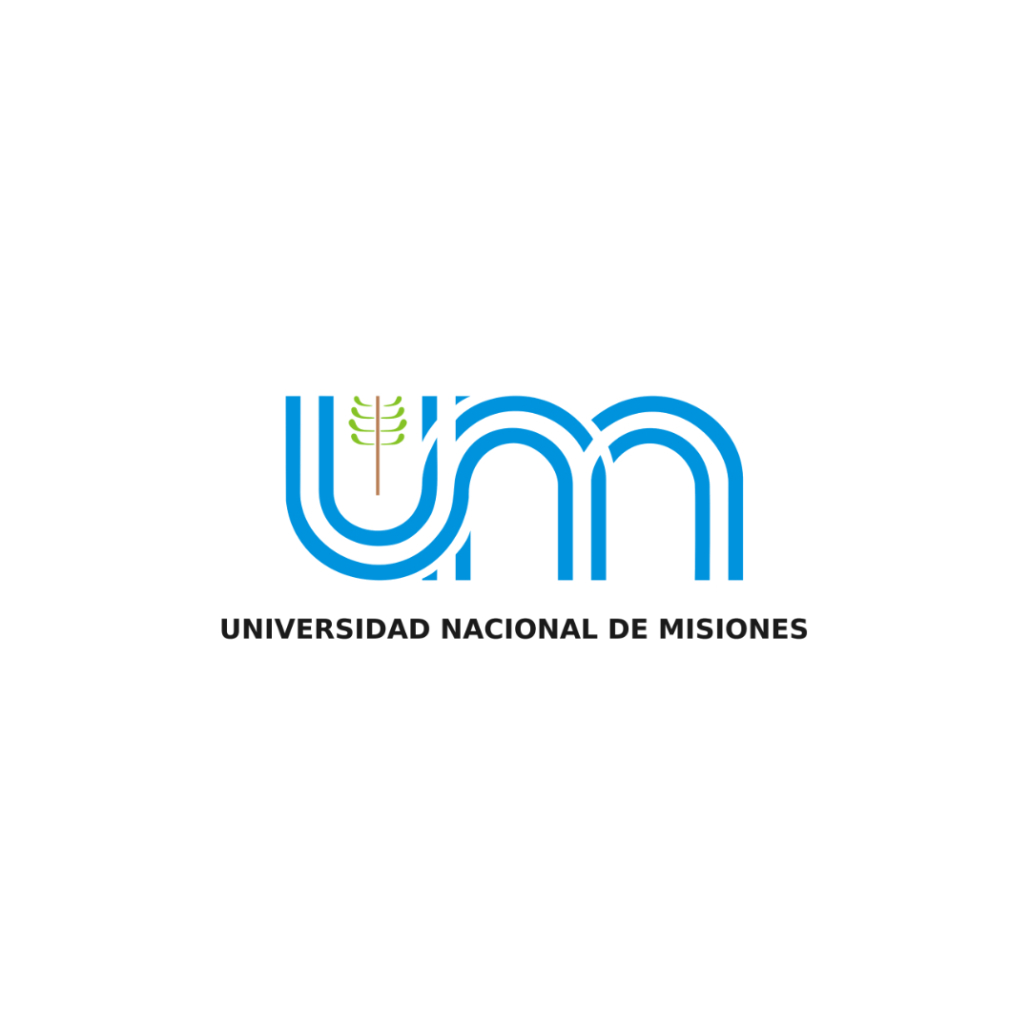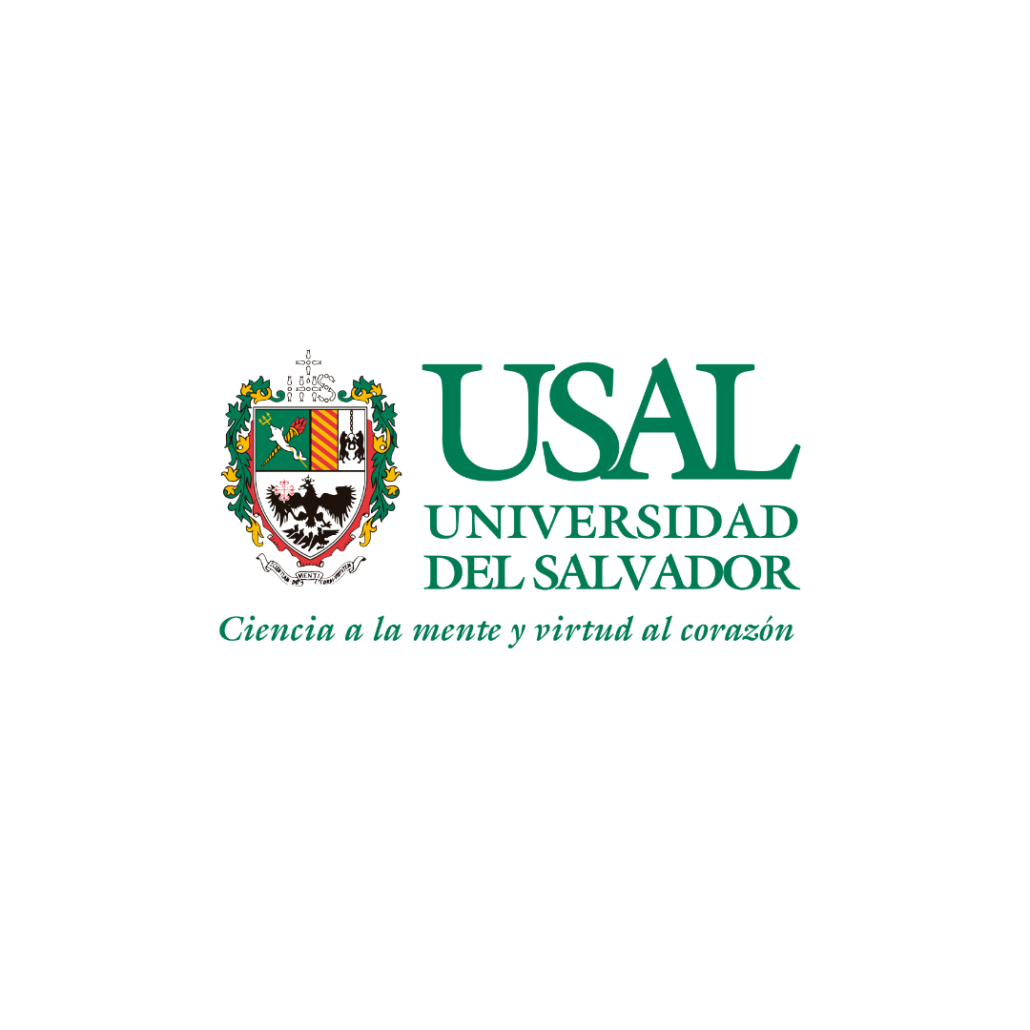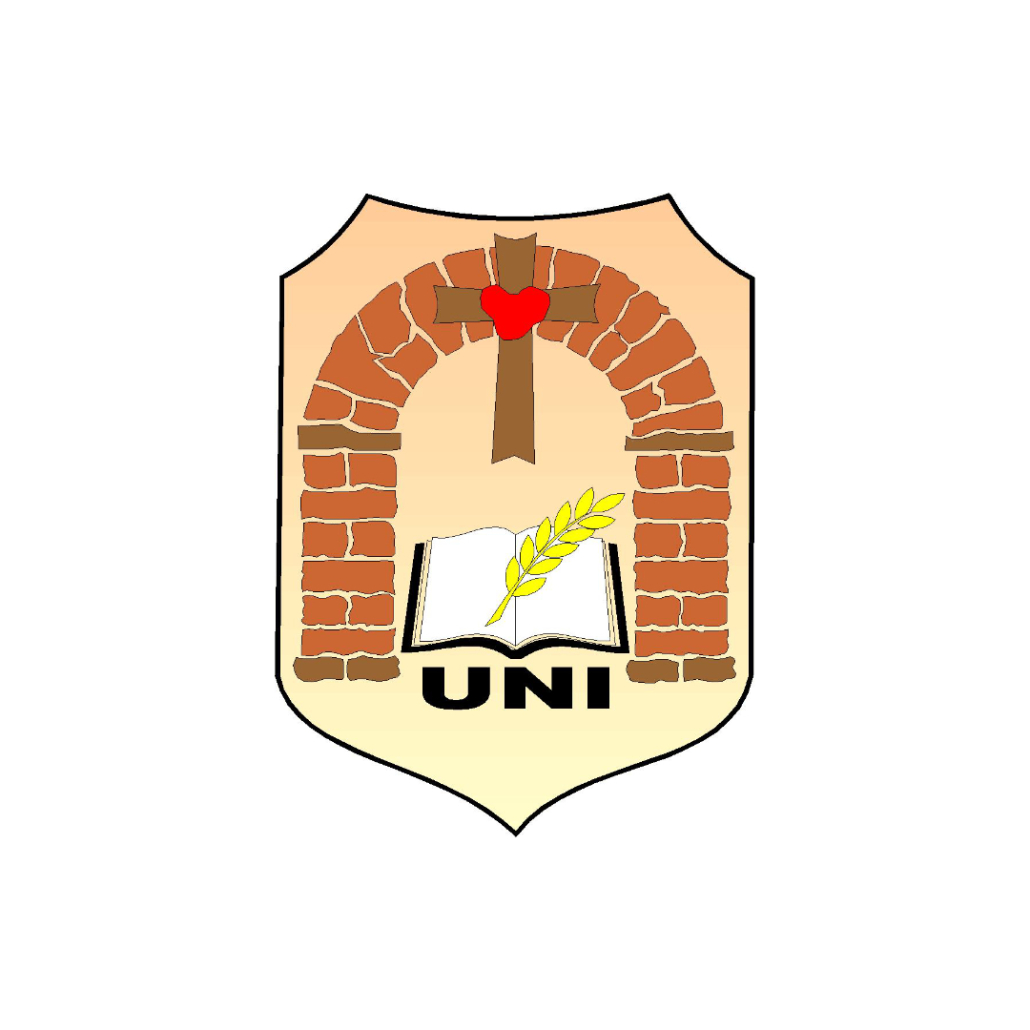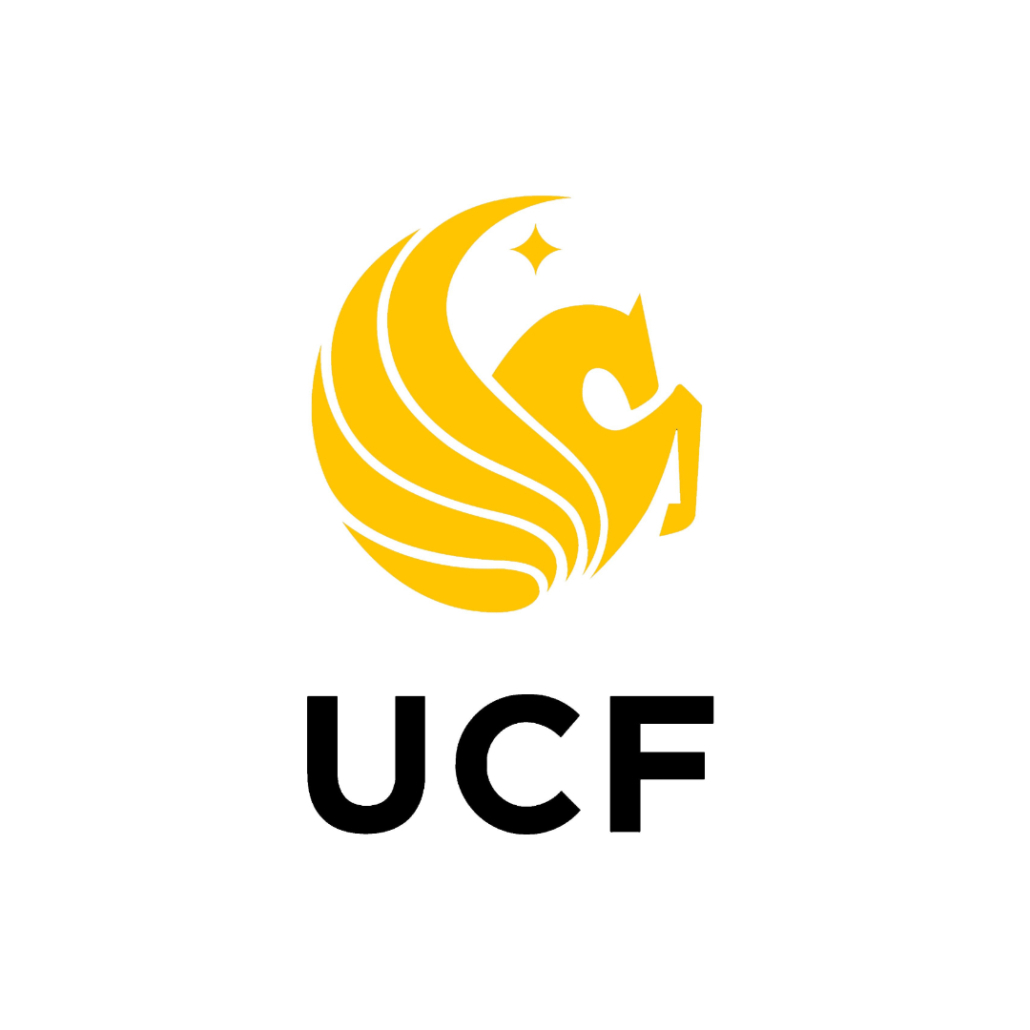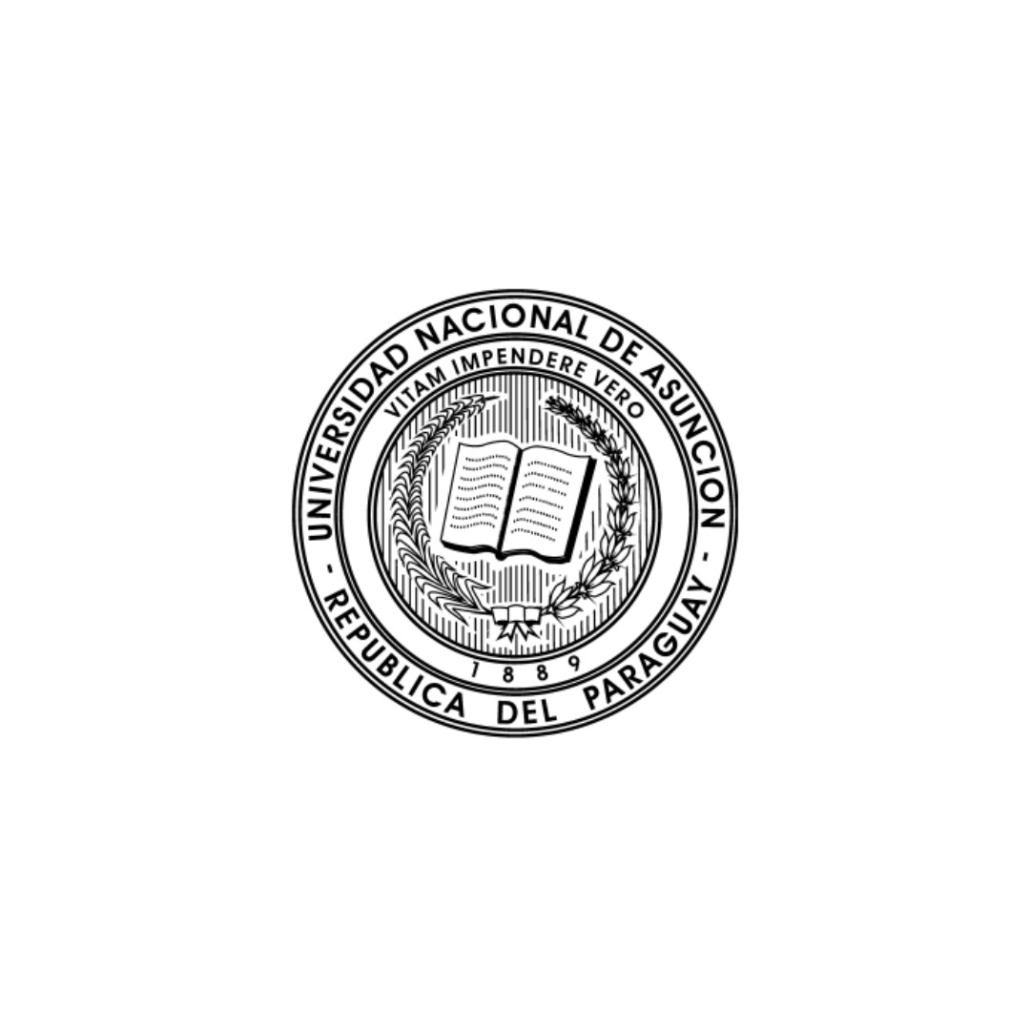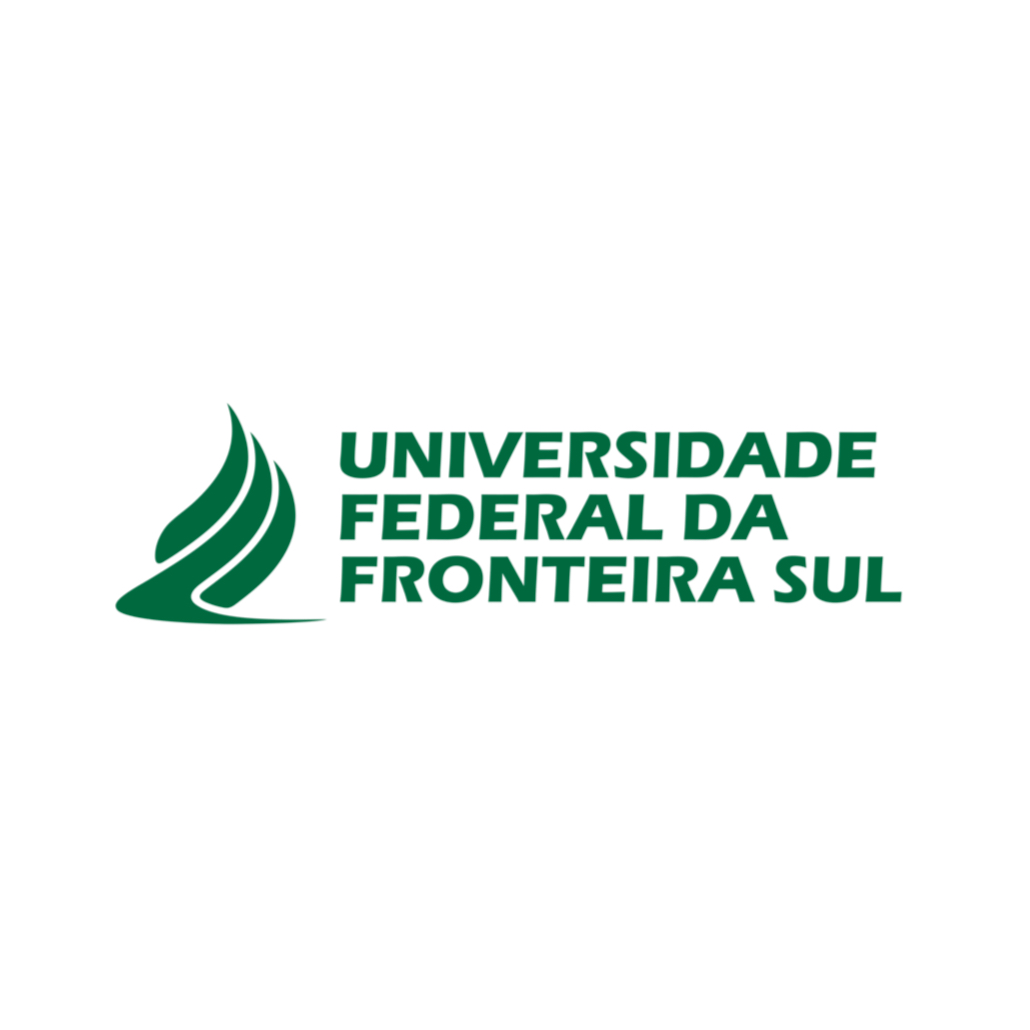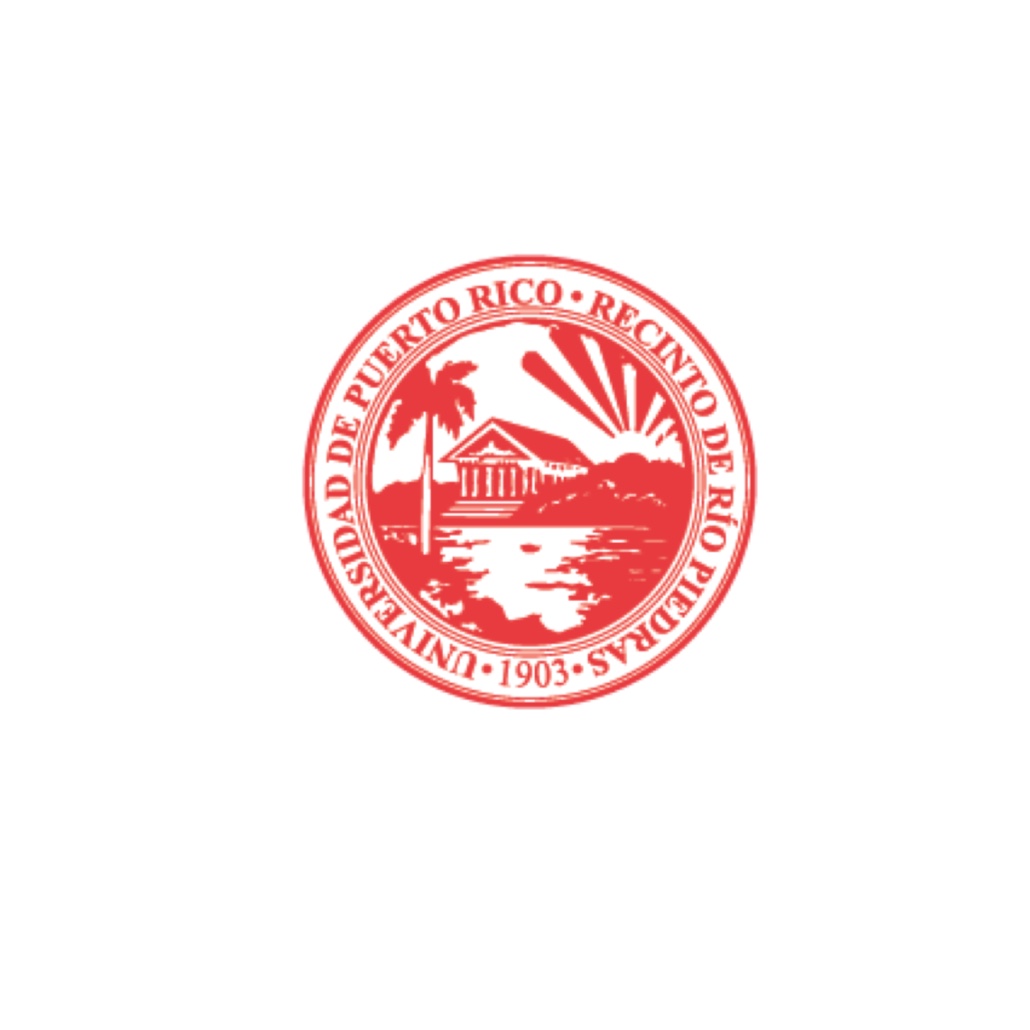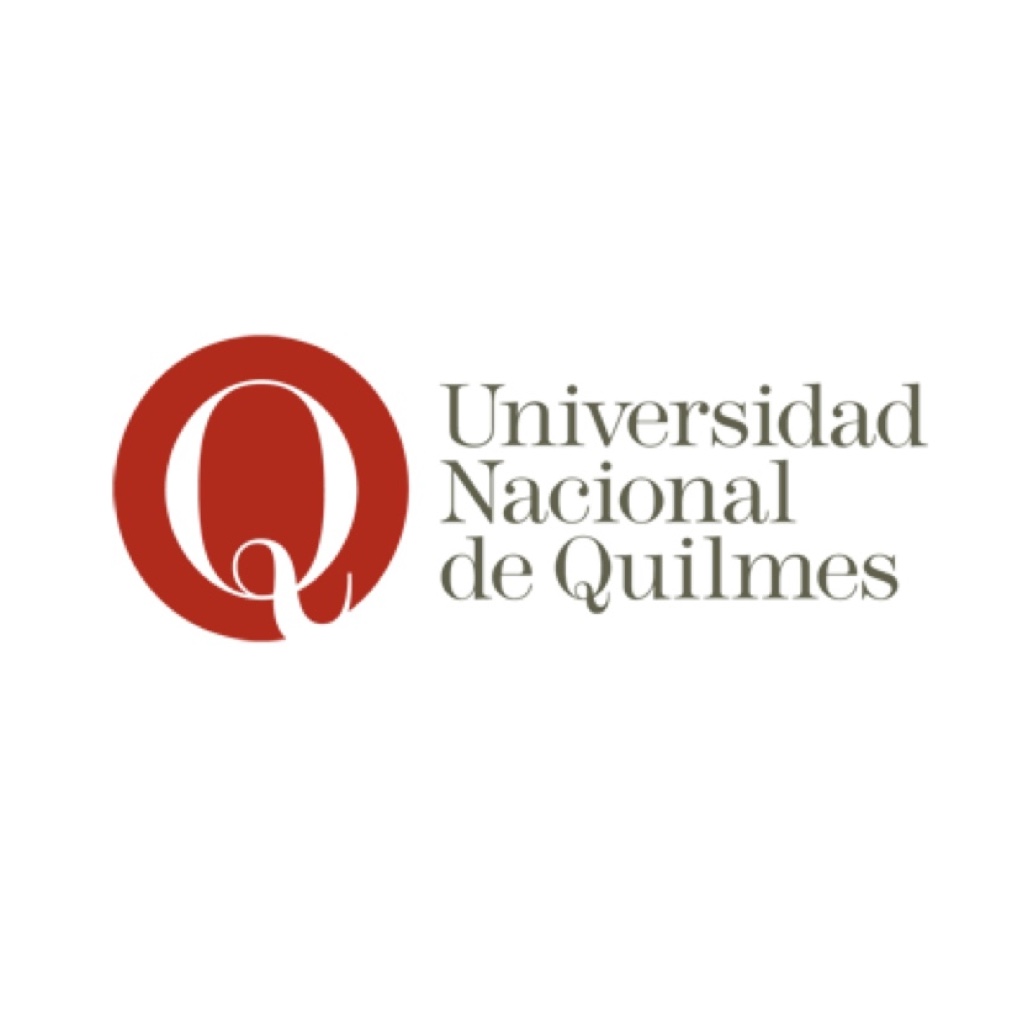The paths of Hispanic American literature: new orientations of the artistic creation since Modernism
Keywords:
Modernism, artist, painting, literature, integrationAbstract
Hispano-American modernism meant the literary renewal that would arrive with the influx of French culture, whose transcendence led to the adoption of the aesthetic principle of “art for art’s sake”; and this philosophy was an explicit motivation of the sublimation of art, of the elevation of the creators to the heights of their consecration. The writers themselves exerted criticism and fostered a conception that combined all the arts, especially the plastic arts. Poets, like Darío, tried to make sense of the “plastic poet” model, a theory sketched out by Victor Hugo in his exaltation of Shakespeare, but also the star slogan of the Parnassians and the Symbolists.
Downloads
Metrics
Downloads
Published
How to Cite
Issue
Section
License
Copyright (c) 2024 TSN. Transatlantic Studies Network

This work is licensed under a Creative Commons Attribution-NonCommercial-ShareAlike 4.0 International License.

